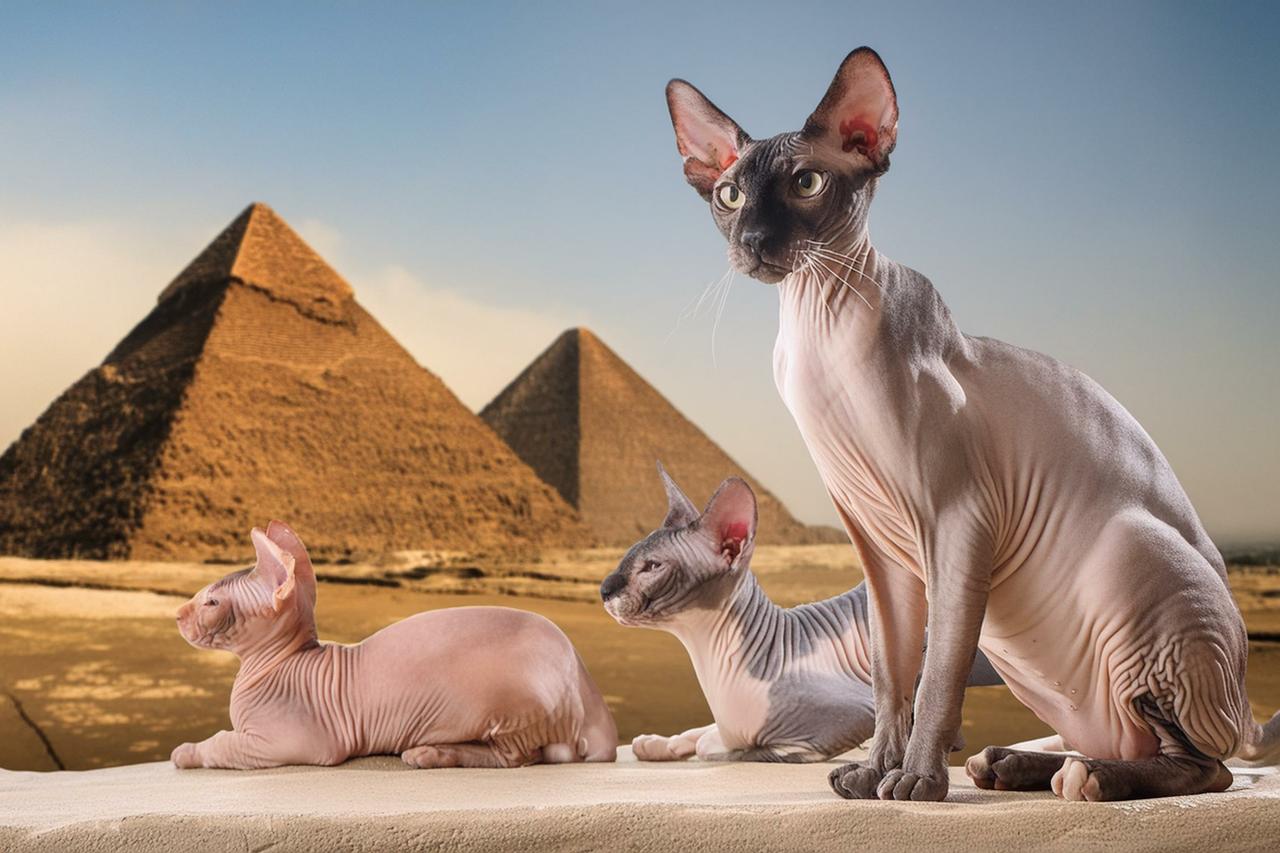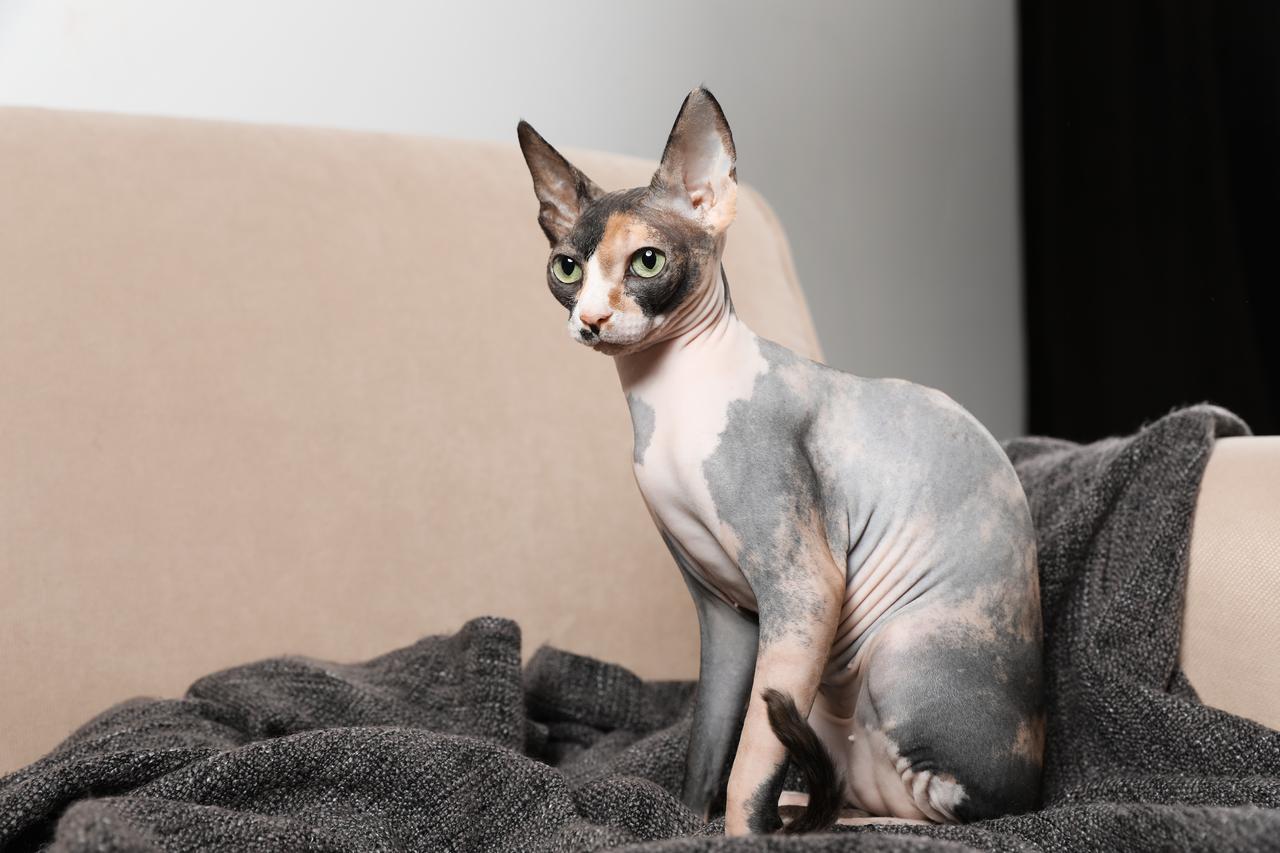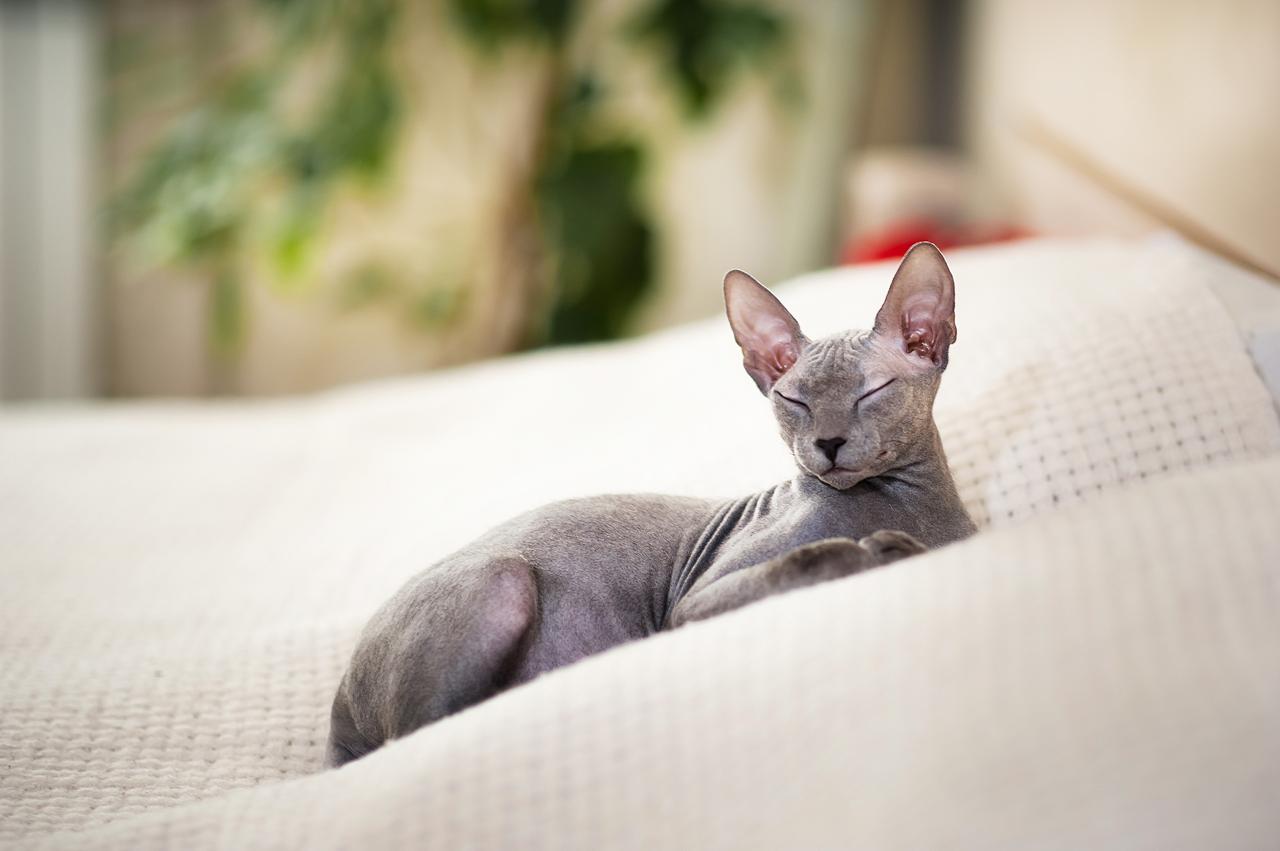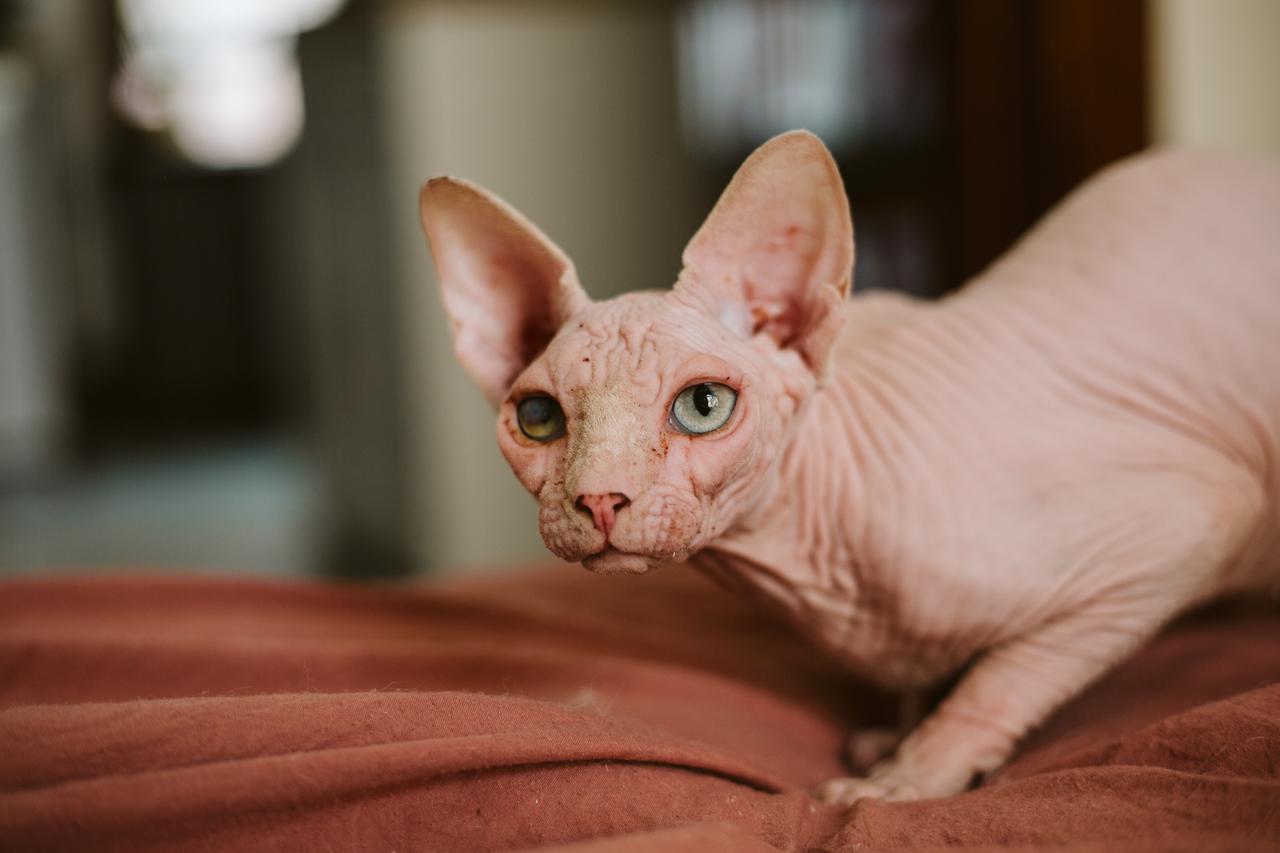
Often mistaken for the revered cats of ancient Egypt, the Sphynx cat may seem like a living echo of pharaohs’ pets, yet its true birthplace is far from the Nile. Instead, this distinctive breed arose in Canada, following a natural genetic mutation in 1966 when a hairless kitten was born in Toronto.
Although earlier records mention hairless cats, including among the Aztecs, it was Canadian breeders who nurtured the trait into a stable breed. Initially dubbed the “Canadian Hairless,” the name later shifted to the more exotic-sounding “Sphynx,” a nod to its Egyptian-like look. Recognition followed: the Cat Fanciers’ Association accepted the breed for championship competitions in 2002, and The International Cat Association joined in 2005. Today, the breed is officially recognized by multiple European cat clubs, though their standards may vary.

Famous for their strikingly smooth, suede-like skin, Sphynx cats have slender bodies, large ears, and a fine layer of fuzz. Their skin can carry colors and patterns familiar from other breeds, including tabby and tortoiseshell. Contrary to their regal appearance, Sphynx cats are known for their warm, dog-like personalities, greeting owners enthusiastically and following them around the house. They crave affection, often burrowing under blankets for warmth and companionship.
These social felines get along well with other pets, making them a good fit for families with dogs or other cats. While they brim with energy, they need little structured exercise, and they often keep themselves amused, though many do better in pairs if left alone during the day.

Though they appear easier to manage without fur, Sphynx cats need regular skin care. Their skin produces natural oils that would otherwise be absorbed by a coat of hair, so these can build up, potentially causing skin issues or leaving stains on household surfaces. Weekly sponge baths or occasional gentle washes help keep their skin in balance. Another common misunderstanding is their supposed hypoallergenic quality.
Sphynx cats do not shed fur but still release dander and oils, which can trigger allergies in sensitive people. Some doctors nonetheless suggest them to those allergic only to cat fur but not to cat dander in general.

While their fame has grown, so too has concern over their welfare. The Dutch Food and Consumer Product Safety Authority (NVWA) recently issued its first formal warning against a Sphynx cat breeder after a complaint from the animal welfare organization Dier&Recht. According to Dutch law, breeding animals with traits that harm their well-being is forbidden. Officials highlighted that the lack of fur leaves these cats exposed to sunburn and cold, and increases their risk of skin and ear infections. Kittens, in particular, can suffer from respiratory problems due to their inability to maintain body temperature.
An NVWA inspector pointed out that many hairless cats are also born without whiskers or other sensory hairs, which are essential for a cat’s ability to explore and communicate. The inspector explained, “Without them, their sensory perception is limited, and communication with other cats becomes impaired.” Dutch authorities argue that this deprivation is not just cosmetic but a serious welfare issue, classifying hairlessness as a harmful physical trait.
Other European countries, including Germany and Sweden, have moved to regulate or propose bans on breeding animals with extreme traits that affect their health.